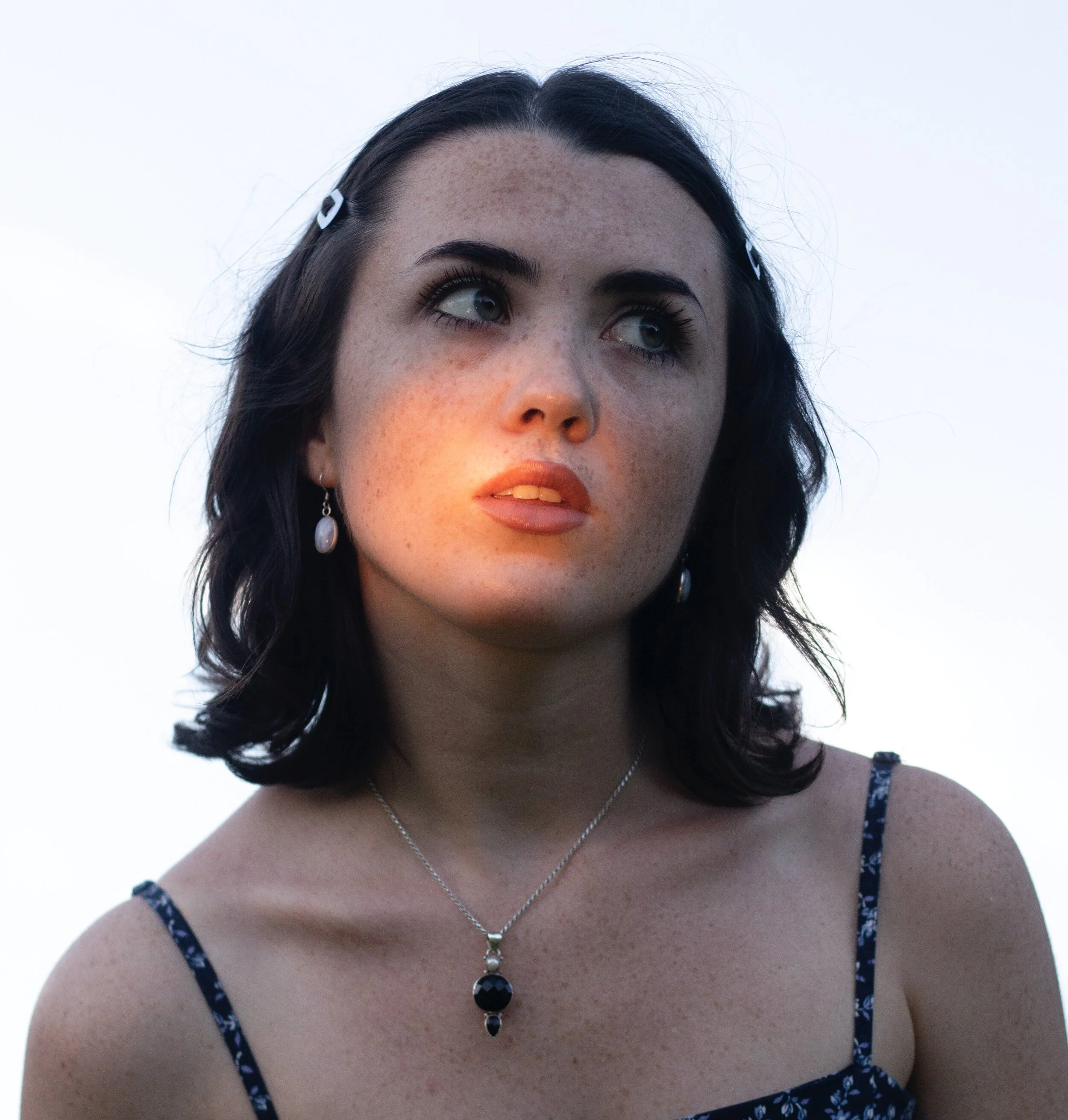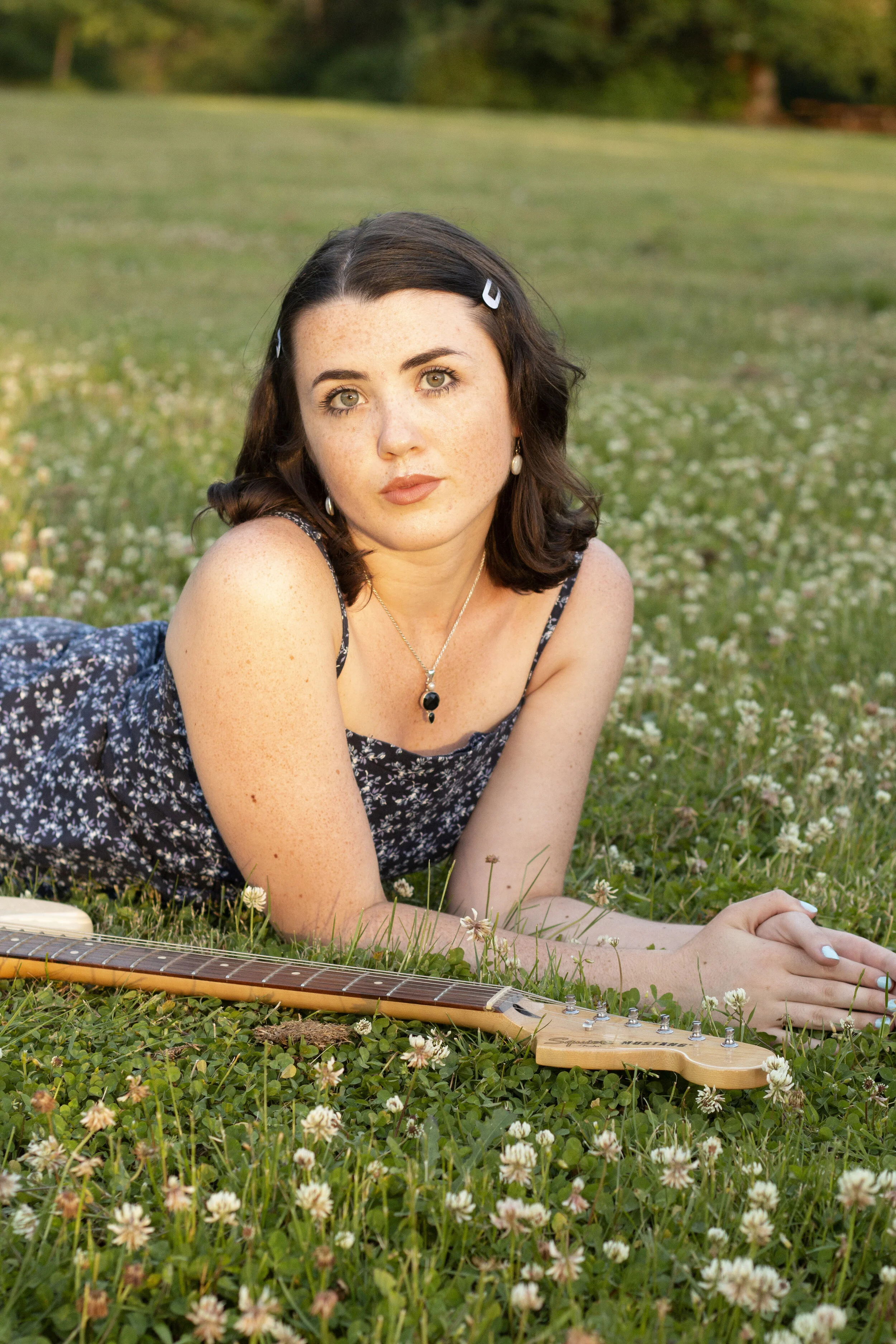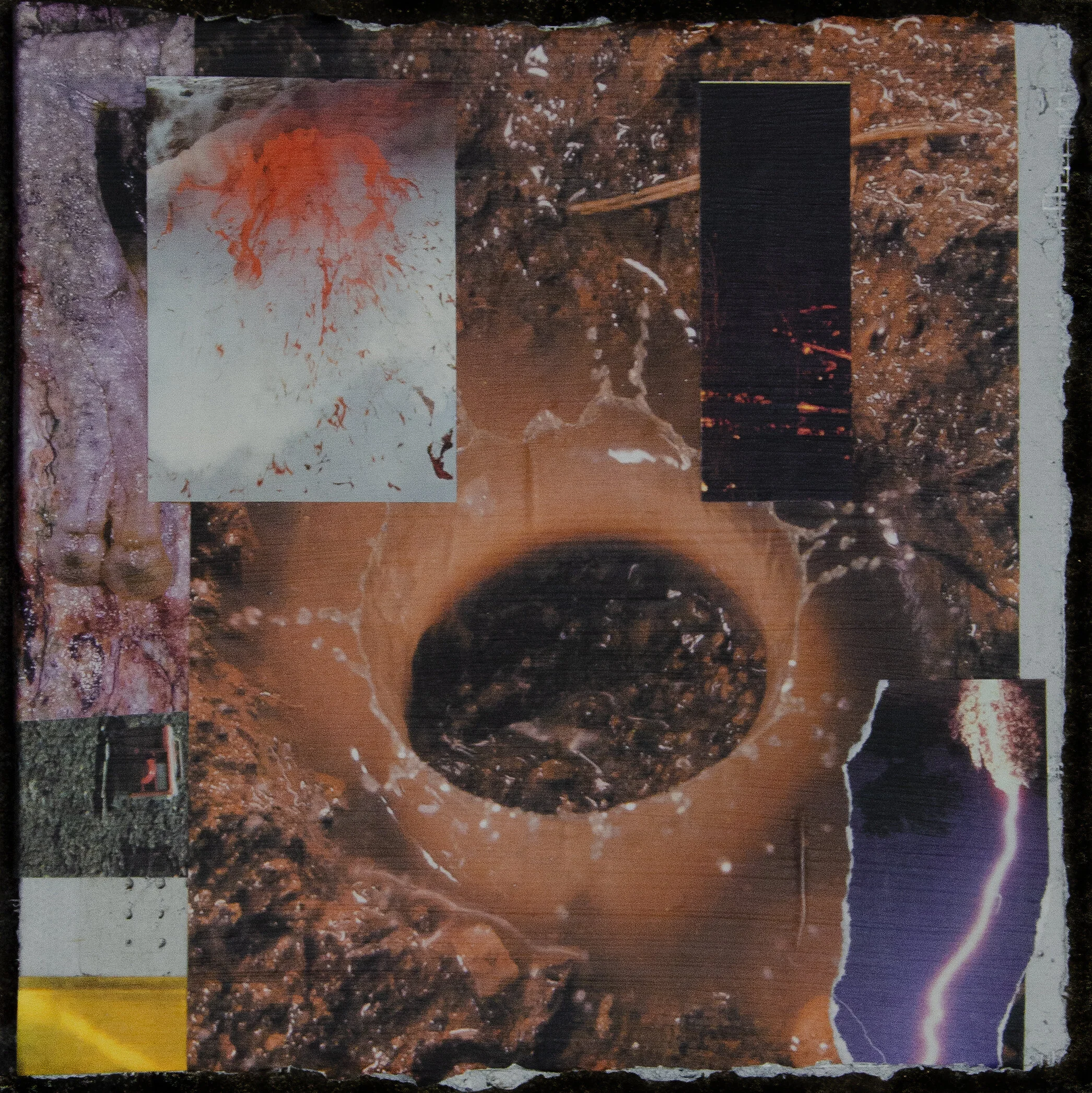While a caterpillar enters a chrysalis before transforming into a butterfly, Eve Parker Finley’s seamless blends of classical, electronic, ambient, indie pop, and folk music create safe spaces for listeners to reconcile with their emotions - and maybe even with their own transformations. The Montreal-based producer, multi-instrumentalist, media maker, and facilitator is premiering “Come With Me” (linked at the end) off her debut album Chrysalia, which will be released on December 4th with Florafone Records and Coax Records. She is also performing at this year’s POP Montreal on the Rialto Theatre rooftop at 3pm on September 24th - tickets are still available to see her IRL! We caught up with her on the new album, making video art, TikTok, and filming a video for virtual Miss Gay Panama 2020. Indulge below:
Maya for Also Cool Mag: You're releasing a new album - what's it about?
Eve Parker Finley: I'm releasing my first full album, and the official date is now December 4th, which is super exciting. It's called Chrysalia, and it's a bunch of songs that I've written over the past year or two years. I recorded it last summer with my friend Ky Brooks and I'm super happy with it. It's called Chrysalia because there's this word, “chrysalism”, that describes that feeling of pleasure you get when you're inside during a thunderstorm. So that, mixed with chrysalis, which obviously everyone thinks is what a caterpillar goes into to be safe and calm before it turns into a butterfly.
But actually, in the chrysalis, the caterpillar turns into a pile of goo and has to reconstitute itself - and it's super messy and gross. So [a combination of] those two things, plus I wanted it to sound a little more feminine, so that's why it's Chrysalia.
MH: You made a post on Instagram where you were talking about the idea of transformation - was that tying into the theme of this album and the title itself?
I feel like I'm always trying to reinvent myself. It ties back to my experiences through life and music. When I was a kid, I was in the classical music world from age four to 17, and I learned a lot through that, but I also found the culture really restrictive.
I remember my violin teacher was even like, "No one can wear nail polish or watches, or even too much jewelry here, because it's distracting,” and we'd play these competitions where people would finish and then bow to the three people in the room - and then everyone would be like, dead silent.
It was such an uptight culture - and no wonder so many people leave and stop playing music because of that. So I fell out of love with music when I was 17 and moved to Montreal. Here I found another way to do music and fell into more of a music scene. I eventually found my way back to violin electronics in a way that I found more exciting.
I started making music on my own, changed the genre of music I was making a bunch of times, changed names a few times. Now we're here in - I don't think my final form - but here we are.
MH: So no longer Lonely Boa? Or is that still a name that you go by for certain projects?
Lonely Boa has been retired.
It was definitely a really hard decision. I spent a lot of quarantine thinking about it. It's really scary to just start releasing music by your own name. That name of Lonely Boa has been really helpful for me to have a constant stage name throughout a bunch of gender name changes. But now it's time to come into my own and just be like, "I'm this person making this music and doing all these other things and they're all me and I am all of them."
MH: Going back to the notion of goo in a cocoon - is there something about the texture of sludge that interested you?
Yeah, totally. There are a couple songs on the album that are what I would describe as sludgy. The album is a kind of mix of genres. There are a couple songs that are contemporary classical, a couple songs that are more like indie pop bangers, alternative pop bangers. And then there are a couple of drone-ey, sludgy songs.






































